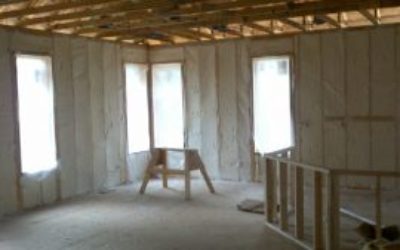T air leakage in your home is making your home dirty. For many years a house that could "breath"...
Caulking for Healthy Indoor Air Quality – Learning From a Local Network of Thought Leaders
In a recent Facebook post, I included this statement: Caulking is one of the best protections for...

